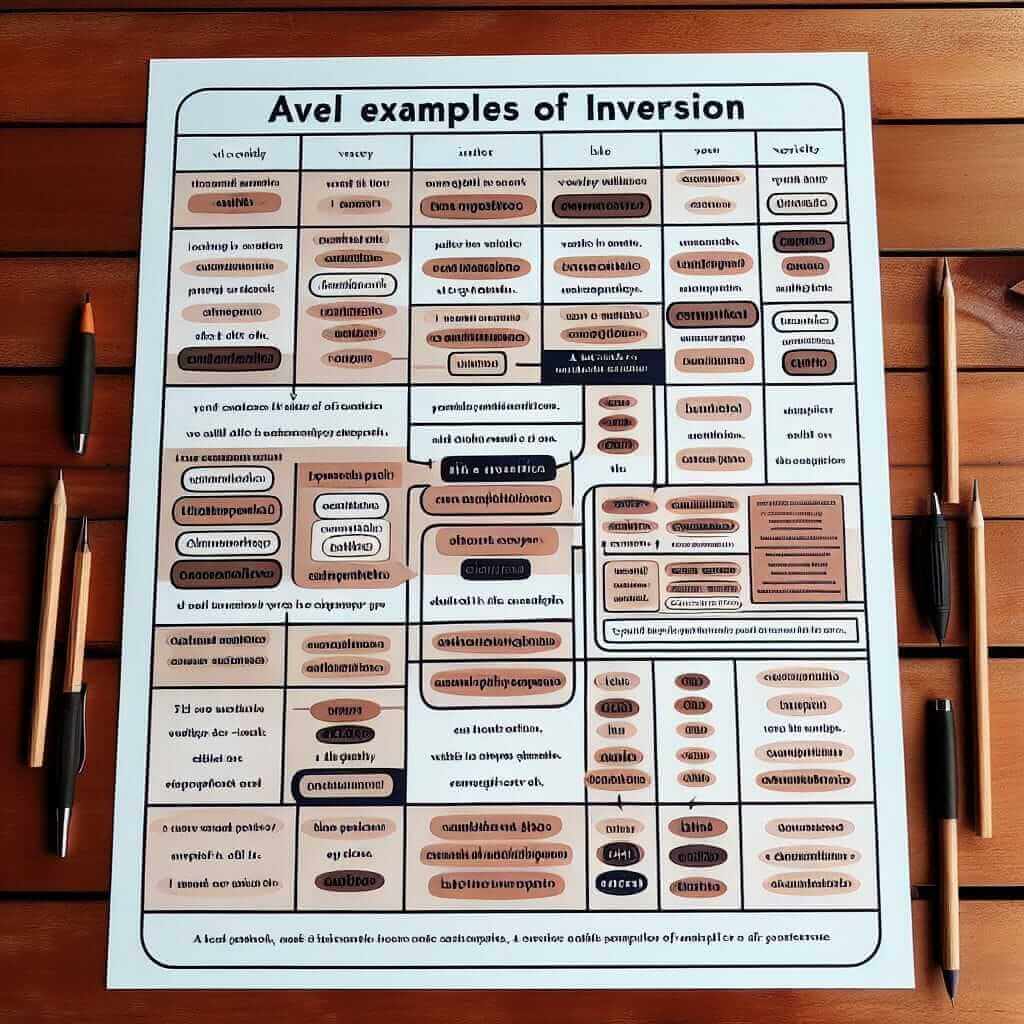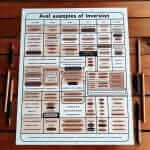“Were it affordable, I would purchase it” – This sentence structure, while seemingly simple, often throws IELTS test-takers for a loop. In reality, mastering it can significantly boost your score by showcasing a strong command of advanced grammar. This article delves into this structure, known as inversion, providing you with the tools and knowledge to wield it confidently in your IELTS exam.
Let’s look at a few examples of how inversion can be used in different sections of the IELTS:
Speaking (Part 3):
- “Were it not for the high cost of living, I would consider moving to London.”
Writing (Task 2):
- “Some argue that technology isolates people. However, were it not for social media, many would struggle to maintain long-distance relationships.”
Listening (Section 4):
- You might hear a lecturer say, “Had the experiment been conducted differently, the results might have been more conclusive.”
In each example, inversion adds a layer of formality and complexity, demonstrating your grasp of nuanced grammatical structures.
Deconstructing Inversion: Meaning and Frequency
Inversion, simply put, is the reversal of the typical subject-verb order in a sentence. It is often used to emphasize a condition or hypothetical situation. While not overly common in everyday speech, it features regularly in academic writing and formal contexts, making it a valuable tool for the IELTS.
Mastering the Mechanics of Inversion
Inversion typically occurs in conditional sentences and often replaces “if” clauses. Here’s the formula:
Were/Had/Should + Subject + Verb (base form)… + Main Clause
Let’s break it down:
- Were/Had/Should: These auxiliary verbs signal the inversion. “Were” is used for hypothetical situations in the present or future, “had” for the past, and “should” for potential future events.
- Subject: The person or thing performing the action.
- Verb (base form): The main verb without any tense changes.
- Main Clause: The part of the sentence expressing the result or consequence.
Applying Inversion to Different IELTS Sections
Writing (Task 2):
- Instead of: “If the government invested more in renewable energy, pollution levels would decrease.”
- Use inversion: “Were the government to invest more in renewable energy, pollution levels would decrease.”
Speaking (Part 2):
- Instead of: “If I had the opportunity to travel the world, I would start with Southeast Asia.”
- Use inversion: “Were I to have the opportunity to travel the world, I would start with Southeast Asia.”
Reading:
- You might encounter sentences like: “Had the author considered alternative viewpoints, his argument might have been more persuasive.”
 IELTS Inversion Examples
IELTS Inversion Examples
Elevating Your Score: Advanced Inversion Techniques
To truly impress the examiner, consider these advanced applications:
- Inversion with negative adverbs: “Never had I seen such a beautiful sunset.”
- Inversion with “only”: “Only after years of research was he able to prove his theory.”
Common Pitfalls and How to Avoid Them
- Incorrect verb tense: Remember to use the base form of the verb after the auxiliary verb.
- Overusing inversion: While impressive, using inversion too frequently can sound unnatural. Employ it strategically for emphasis and stylistic effect.
Conclusion
Incorporating inversion into your IELTS writing and speaking demonstrates a sophisticated understanding of English grammar. By mastering this structure, you’ll not only add variety and complexity to your language but also significantly enhance your chances of achieving a higher band score. So, embrace the power of inversion and watch your IELTS score soar!


